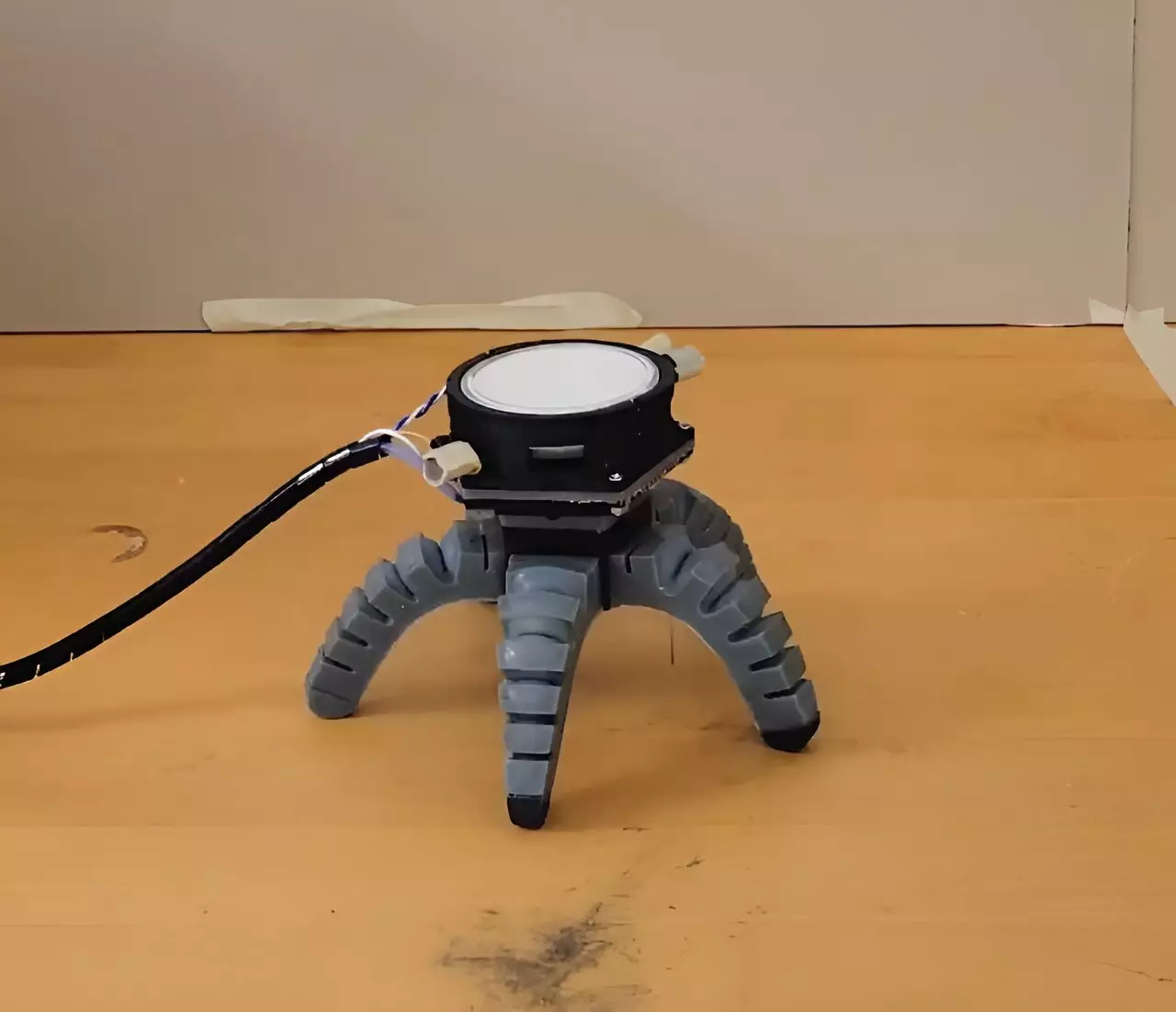In a groundbreaking exploration at Cornell University, researchers are diving deep into the interaction between biological entities and modern robotics. While traditional robotics has heavily leaned on synthetic materials and structures, the integration of biological components opens a frontier ripe for innovation. The current trend indicates a paradigm shift from completely mechanized entities towards hybrid systems that fuse the organic with the inorganic. Specifically, the innovative use of fungal mycelia brings forth various possibilities that could redefine how robots interact with their surroundings.
Mycelia, the root system of mushrooms, possess unique attributes that can significantly enhance robotic functions, particularly in environmental sensing. Unlike standard electronic sensors that operate on specific inputs, mycelia can respond to a multitude of stimuli, thereby offering a more versatile framework for developing robotic systems. This versatility means robots operated by mycelial networks are better equipped to handle the unpredictable nature of their environments—a key requirement for the robots of tomorrow.
The fascination with mycelia stems from their sophisticated capabilities. These organisms are adept at sensing and responding to various stimuli, including chemical and biological signals, making them an ideal candidate for integration into robotic systems. Researchers such as Anand Mishra have highlighted how mycelia’s ability to react to light, touch, and even chemical changes grants them advantages over traditional sensors, which are confined to singular functions. This characteristic transforms them into a living sensor network that robots can use to navigate complex environments, such as agricultural fields where soil chemistry fluctuates.
Such integrative approaches underscore the potential benefits of leveraging biological systems. For instance, future robots may gain the capability to detect nutrient levels in soil and autonomously determine when to dispense fertilizers, helping mitigate agricultural runoff and associated ecological damages. This unique ability to respond across various inputs makes biohybrid systems like mycelium-controlled robots an exciting avenue for sustainable agricultural practices.
An essential part of the research stems from interdisciplinary collaboration. Achieving effective integration of mycelia with robotics necessitates knowledge across several fields, including mechanical engineering, electronics, mycology, and neurobiology. The collaborative effort reflects the importance of combining diverse expertise to facilitate groundbreaking discoveries. Mishra’s team, including neurobiologists and mycologists, employed sophisticated techniques to monitor and record the electrical signals emitted by mycelia. They developed a system that effectively isolates these signals from external noise—essential for accurate data transmission required for robotic controls.
The enthusiastic blending of these disciplines serves as a testament to the complexity of modern scientific identities and reflects an increasing trend where boundaries between fields are blurred, creating fertile ground for interdisciplinary innovations. For instance, understanding the electrical properties of mycelial membranes has opened avenues for utilizing these fungi as a means to integrate biological signals into robotic functionalities.
The practical implications of the research have already begun to manifest in the form of biohybrid prototypes. The team at Cornell engineered two distinct robots: a soft robot reminiscent of a spider and a wheeled robot. These prototypes underwent rigorous testing to assess their responsiveness to environmental stimuli mediated by the mycelial networks. The experimental results were promising. In simple terms, the mycelia allowed the robots to respond dynamically to artificial stimuli, such as ultraviolet light, by altering their movements—a testament to the mycelia’s efficacy as a control mechanism.
Perhaps more intriguing is the flexibility demonstrated in overriding the natural signals from the mycelia. This capability raises important questions about the potential for creating robots that can process information from both biological and programming perspectives, thus marrying the unpredictability of organic input with the reliability of programmed responses.
While the research leads to tangible advancements in robotics, it also underscores a broader philosophical dialogue about the nature of life and technology. By facilitating a relationship between living organisms and machines, this work not only pushes technological boundaries but also fosters a deeper understanding of biological interactions. Mishra articulates that beyond merely controlling robots, the project aims to forge a genuine connection with living systems, thereby allowing for insights into environmental stresses that could be crucial for future agricultural and ecological management.
As this research at Cornell unfolds, it points towards an innovative future where robots do not merely operate in synthetic solitude but engage in a symbiotic relationship with the biological world. This merging of technology and nature paves the way for smart, responsive robots equipped to tackle some of the pressing challenges of the modern world—reminding us that sometimes, the answers lie in nature itself.


Leave a Reply